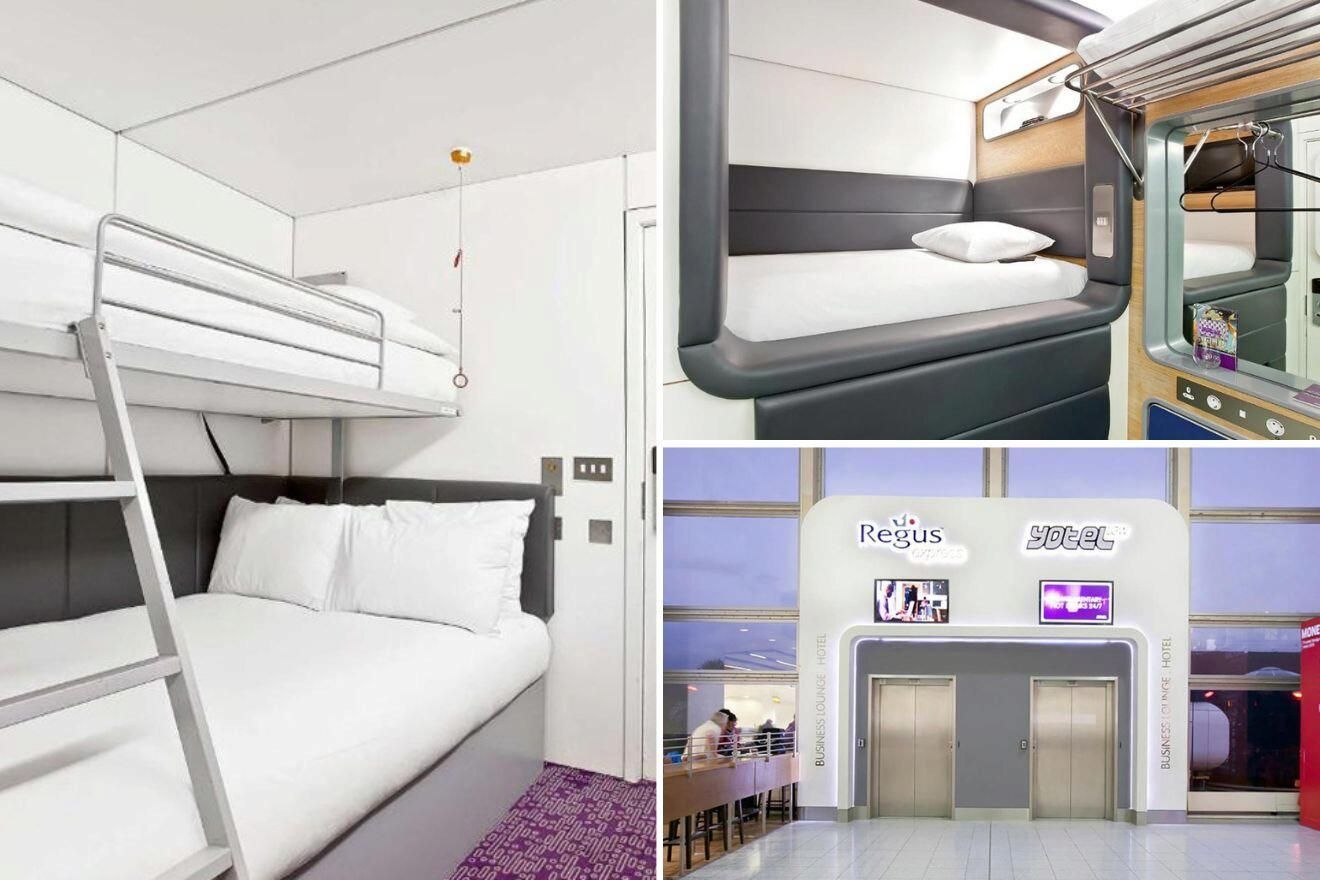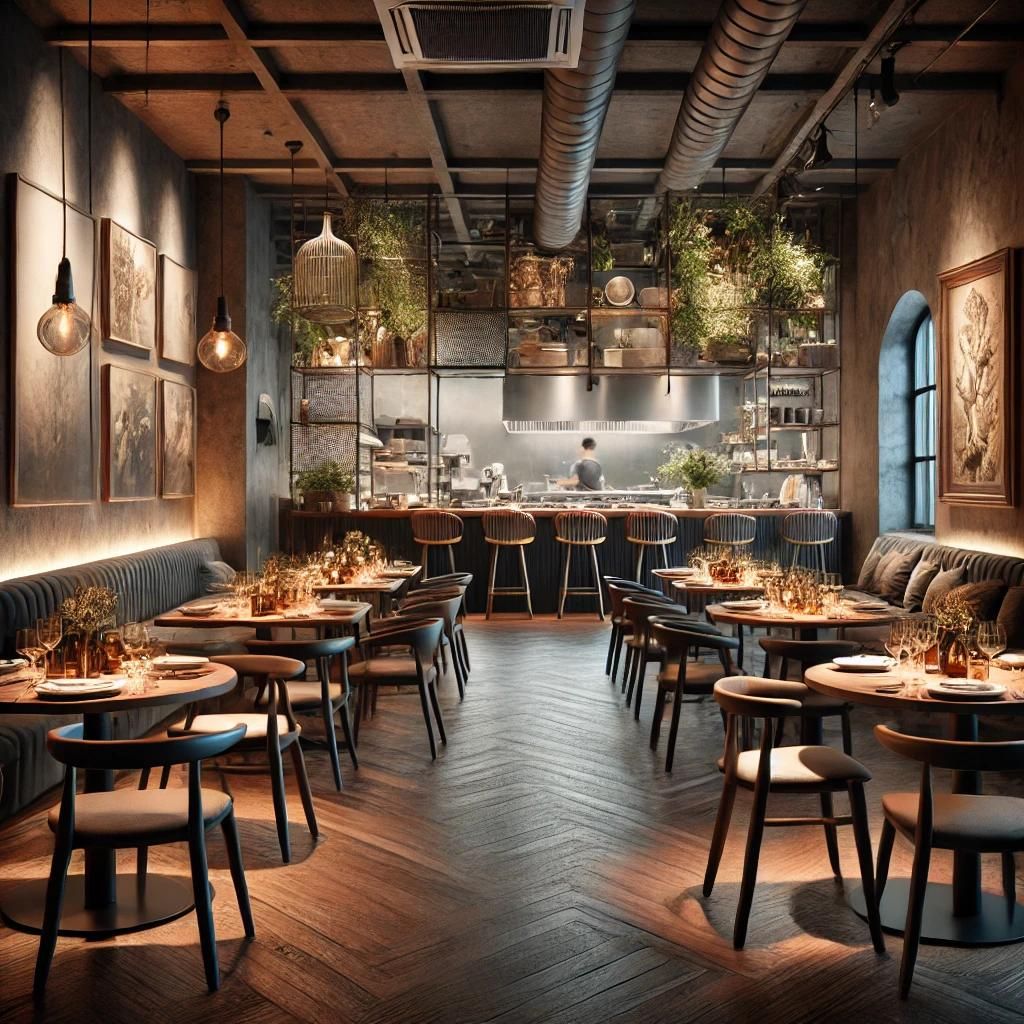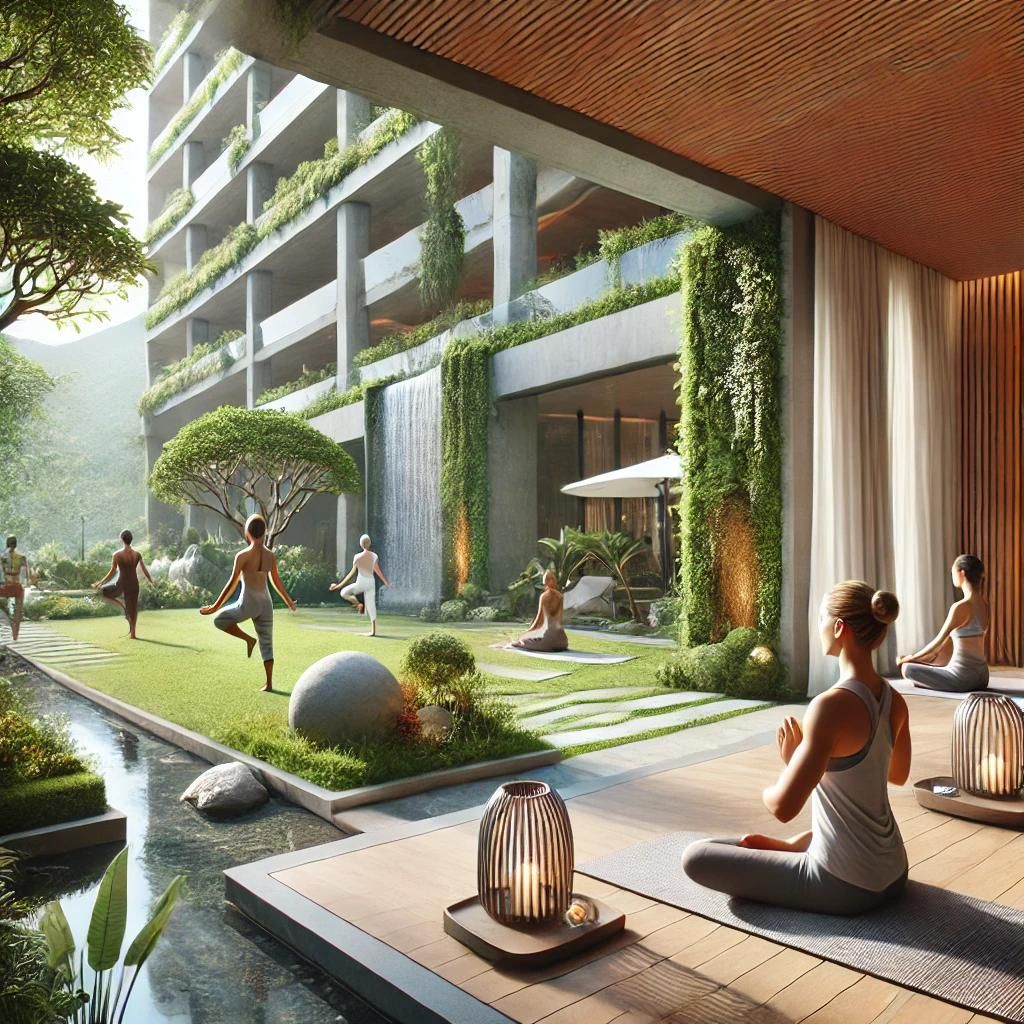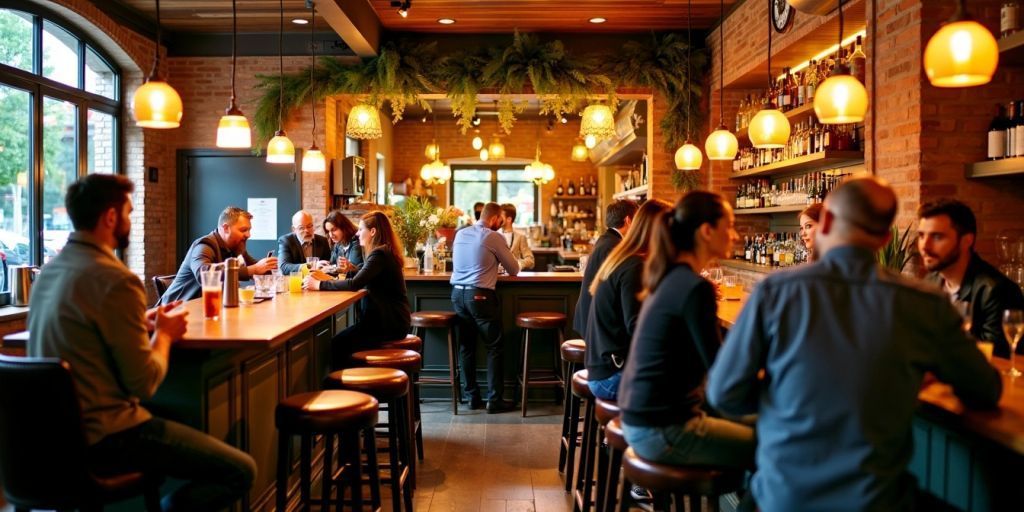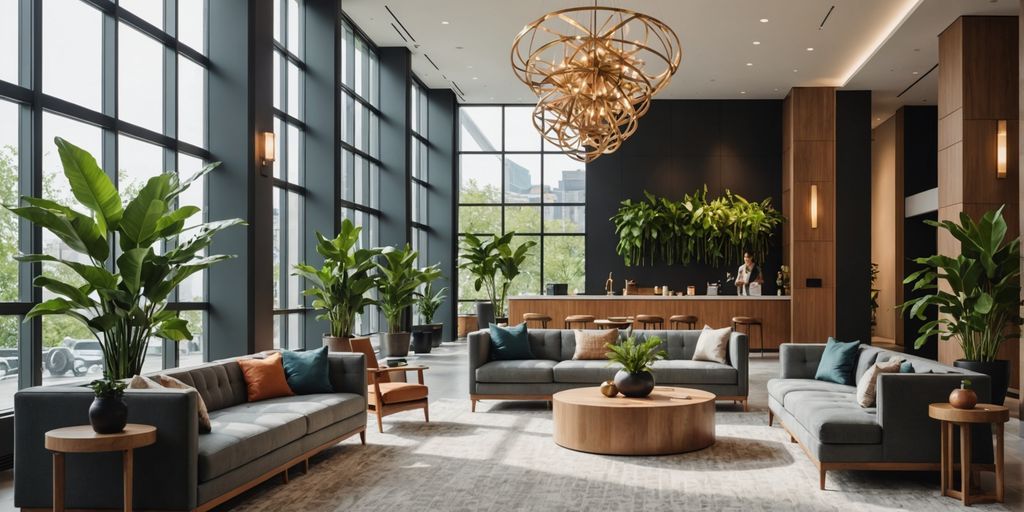Hotel Bedroom Design and Installation: Insights from Amanda Wright
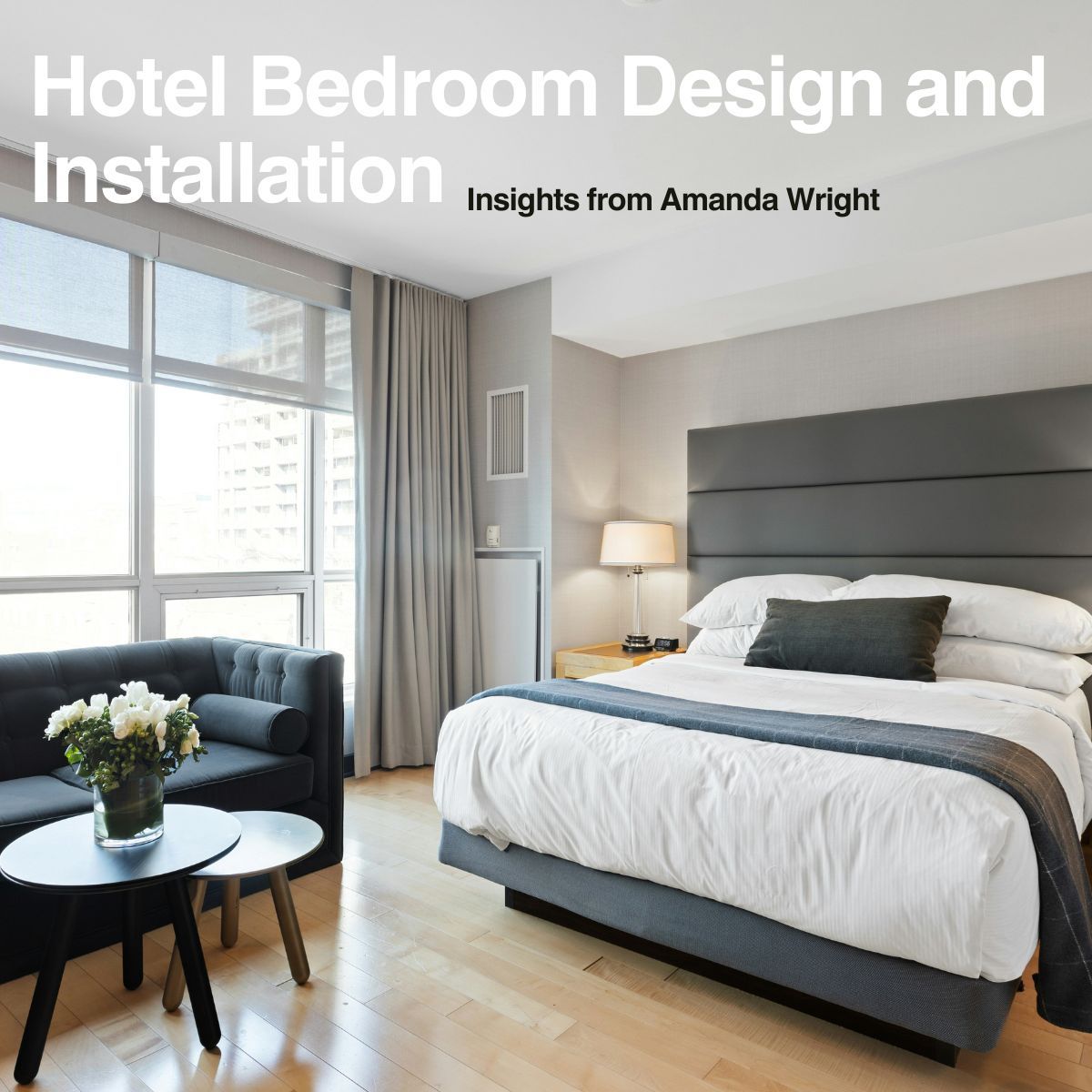
Hotel Bedroom Design and Installation: Insights from Amanda Wright
In the dynamic world of hotel bedroom design and installation, small considerations can make a big impact. With years of experience in commercial fitouts within the hospitality and leisure industry, I’ve seen firsthand how these details can elevate a guest's experience from satisfactory to exceptional. Here, I share my insights on creating functional and inviting hotel rooms, integrating key elements to ensure guests have an unforgettable stay.
Arrival: First Impressions Matter
Upon arrival, guests should immediately feel welcomed and at ease. The bedroom lobby area should feature clear luggage storage options, whether it's inside a wardrobe, via a purpose-built luggage rack, or under the bed. This not only keeps the room tidy but also maximises the available space, ensuring guests aren’t tripping over their belongings.
Time to Relax: Comfort and Convenience
After a long journey, guests crave comfort and convenience. Essential amenities like tea and coffee making facilities must be thoughtfully designed. Ensure there’s enough space under the bathroom tap to fill the kettle easily, avoiding spills and frustration.
Television placement is another critical aspect. In double occupancy rooms, both guests should have a clear view of the TV from the bed and any seating area without having to reposition it. Mounting the TV high enough to avoid obstructions, such as items on a desk, and ensuring it doesn’t conflict with mirrors, enhances the viewing experience.
Evening Rituals: Thoughtful Details
The bathroom should be a sanctuary of cleanliness and ease. Light-coloured vanity units, furniture, and flooring help hide water marks and stains, maintaining a fresh look longer. Soft-close toilet seats, drawers, and doors prevent loud bangs, contributing to a serene environment.
Demister pads on bathroom mirrors are a simple yet effective addition, preventing smears and frustration. Proper placement of the shower valve, either within easy reach or with a cut-out in the shower door, ensures guests can adjust the water without getting wet or scalded.
Bedtime: Ensuring a Restful Night
Preparing the room for bedtime should be effortless, creating a dark, comfortable, and quiet space conducive to a good night’s sleep. Blackout curtains are essential, and they should fit well to block out any intrusive light. Pull cords or curtain rods make operation easy and prevent damage from overzealous use.
For additional occupancy, sofa beds offer a practical solution. They provide extra seating during the day and transform into a bed at night. Ensure the mechanism is user-friendly, allowing guests to set up the bed without hassle.
Beds themselves should be versatile and comfortable. Zip and link beds offer flexibility, converting from twin to double configurations. However, the bed must remain comfortable in both setups, avoiding an uncomfortable ridge in the middle.
Lighting plays a crucial role in creating the right ambiance. It should be bright enough for practical tasks yet adjustable for relaxation. Bedside controls allow guests to switch off lights without navigating an unfamiliar room in the dark.
Behind the Scenes: Maintenance and Technology
A successful hotel room design also considers maintenance and technological needs. Discreet access panels for plumbing, heating, and air conditioning units ensure quick and easy repairs without disturbing guests. Modern electronic room controls, allowing guests to adjust lighting, temperature, and curtains from a central panel or device, enhance the guest experience and demonstrate a commitment to innovation.
Bathrooms: The Unsung Heroes
Bathrooms, though often overlooked, are pivotal to a guest’s experience. Good quality sanitary ware and powerful showers are fundamental. Combine these with practical lighting and ample drying space, and you’ve got a winning formula. Bathrooms should be easy to clean yet aesthetically pleasing, providing a sense of luxury and comfort.
Crafting the Perfect Hotel Room
Designing and installing a hotel room is a nuanced process that requires attention to both visible details and behind-the-scenes elements. By considering the needs and preferences of the target demographic and ensuring functionality and comfort, hotels can create spaces that leave a lasting impression on guests. With these insights, you can transform any hotel room into a haven of relaxation and satisfaction, ensuring guests leave with positive memories and a desire to return.
Best
Amanda Wright
Construction Site safety


